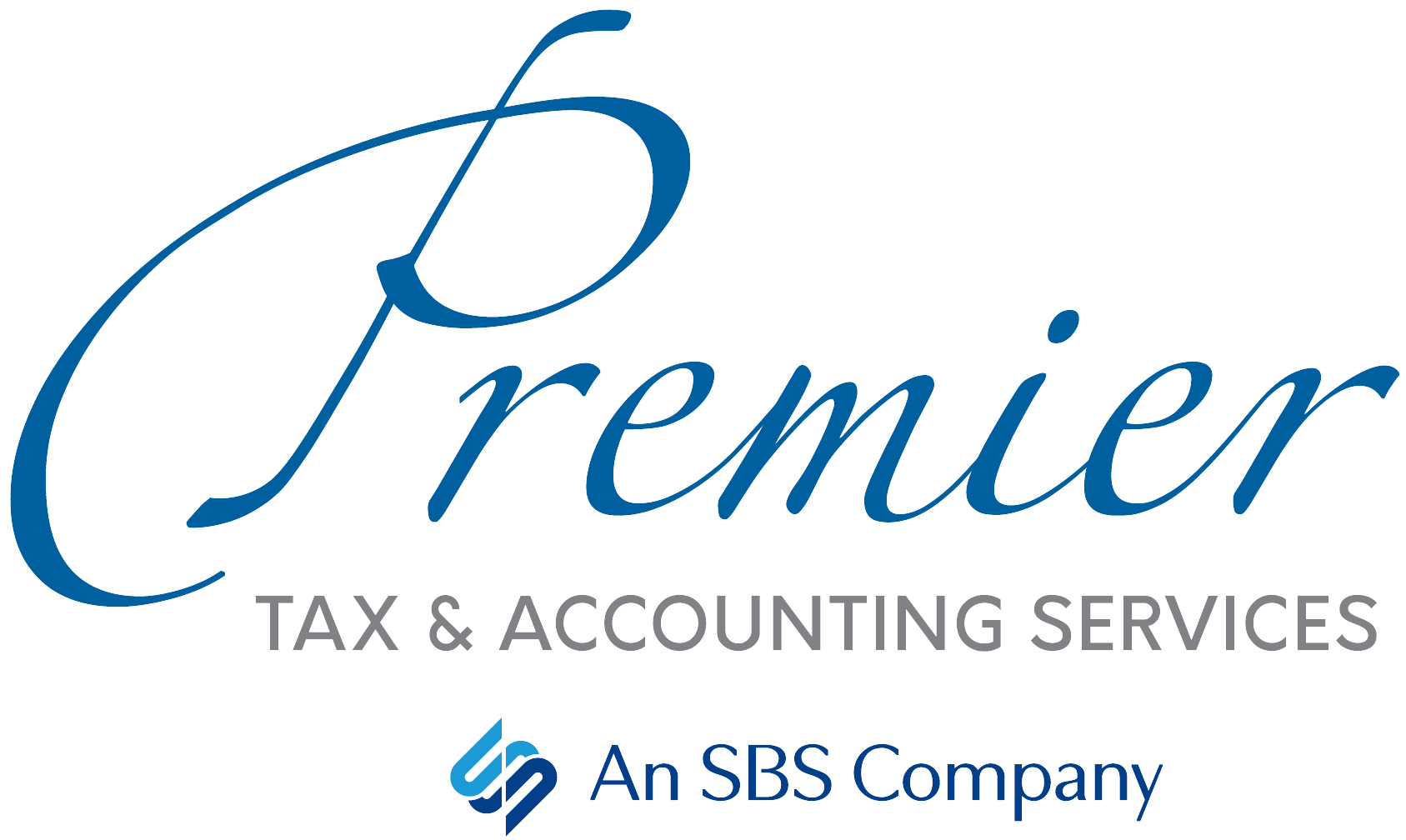Put into place to help small business owners during the COVID-19 crisis, these tax credits may help you reduce your business’s financial burden:
Employee Retention Credit
This credit encourages businesses to keep employees on their payroll. The refundable tax credit is 50% of up to $10,000 in wages paid by an eligible employer whose business has been financially impacted by COVID-19. The credit is available to all employers and tax-exempt organizations regardless of size, except for state and local governments, and small businesses who take small business loans. To qualify, your business must be fully or partially suspended by government order due to COVID-19 during the calendar quarter, OR your gross receipts are below 50% of the comparable quarter in 2019. Once your gross receipts go above 80% of a comparable quarter in 2019, you no longer qualify after the end of that quarter.
Paid Sick Leave Credit
This credit allows businesses to receive a credit for an employee who is unable to work due to coronavirus quarantine, self-quarantine or has coronavirus symptoms and is seeking a medical diagnosis. Those employees are entitled to paid sick leave for up to 10 days (up to 80 hours) at the employee’s regular rate of pay — up to $511 per day, $5,110 in total.
Employers can also receive the credit for employees who are unable to work due to caring for someone with coronavirus or caring for a child because the child’s school or place of care is closed, or the paid childcare provider is unavailable due to the coronavirus. Those employees are entitled to paid sick leave for up to two weeks (up to 80 hours) at two-thirds the employee’s regular rate of pay — up to $200 per day, $2,000 in total.
Family Leave Credit
Employees are entitled to paid family and medical leave equal to two-thirds of the employee’s regular pay — up to $200 per day, $10,000 in total. Up to 10 weeks of qualifying leave can be counted towards the Family Leave Credit.
How Will You Receive the Credit?
As an employer, you can be immediately reimbursed for the credit by reducing your required deposits of payroll taxes that have been withheld from your employees’ wages by the amount of the credit. If you are eligible, you are entitled to immediately receive a credit in the full amount of the required sick leave and family leave, plus related health plan expenses and your share of Medicare tax on the leave, through December 31, 2020. The refundable credit is applied against certain employment taxes on wages paid to all employees.
You must report your total qualified wages and the related health insurance costs for each quarter on your quarterly employment tax returns or Form 941. If your employment tax deposits are not sufficient to cover the credit, you may receive an advance payment from the IRS by submitting Form 7200, Advance Payment of Employer Credits Due to COVID-19. You may also request an advance of the Employee Retention Credit this way.
The rules regarding these COVID-19 related tax credits can be confusing. Whether we handle your payroll or you do, please contact us to discuss how you can take advantage of these money-saving tax credits for your small business.
PPP Loans of $50k or Less Get Simplified Forgiveness Application
If you received a Paycheck Protection Program (PPP) loan of $50,000 or less, you can now apply for loan forgiveness using a simple application: SBA Form 3508S. The forgiveness process for smaller loans is streamlined because you are not required to undergo complicated full-time equivalent (FTE) or salary reduction calculations. You will still have to make some certifications and provide documentation to your lender for payroll and nonpayroll costs, however. If you’re ready to get started with the process, contact your lender to be sure they want you to use the new form (they may have their own version). And give us a call if you need help completing the forgiveness application.
Approximately 3.57 million of the 5.2 million total PPP loans approved by the SBA were for $50,000 or less. And about 1.71 million of those loans were made to businesses with zero-to-one employee.
Make Your Appointment
It’s time to make your year-end tax planning appointment. Choose an in-person meeting (limited availability), or a Zoom or phone meeting. Please call Amber at 706-632-7850 or email her to set up a date.
MONEY BRIEF #1
If you do not plan to talk with us before the end of the year, then you should still review your tax withholding and payments now. An adjustment or two can boost your take-home pay OR allow you to increase your tax payments to avoid a surprise tax bill when filing next year. Things that can affect your year-end taxes include:
- Coronavirus tax relief
- Unemployment compensation
- Job change or loss
- Work-from-home changes
- Life changes, such as marriage or childbirth
You can visit IRS.gov/account to view your tax payment history, taxes owed and certain tax return information. And you can use the IRS’s Tax Withholding Estimator tool to determine how much you should be paying throughout the year.
MONEY BRIEF #2
Social Security recipients can expect a modest 1.3% cost-of living adjustment, or COLA, in 2021. The estimated average Social Security payment will increase about $20 to $1,543 a month next year; a typical couple’s benefits would increase $33 to $2,596 per month. (The 2020 increase was 1.6%.) The COLA affects about 1 in 5 Americans, including Social Security recipients, disabled veterans and federal retirees — some 70 million people.



